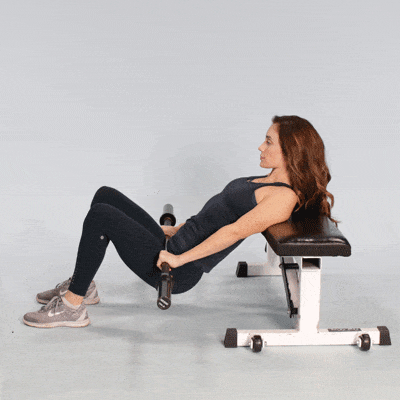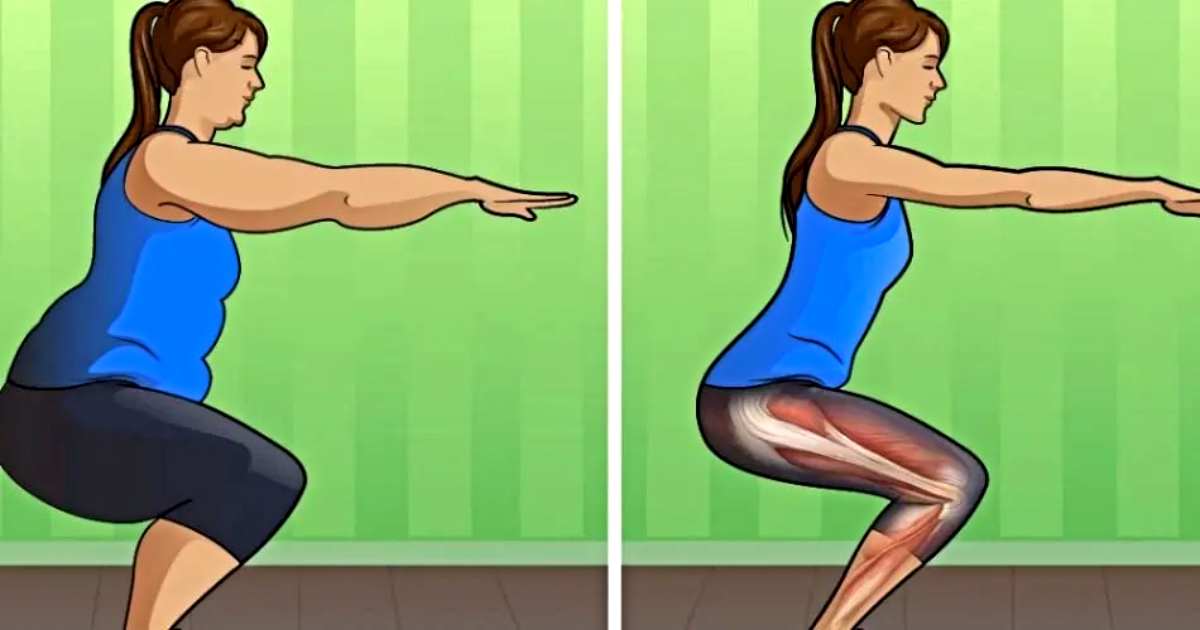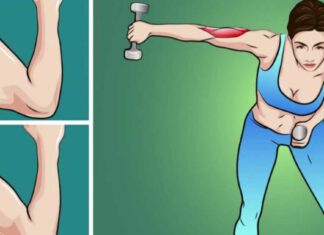The Kas Glute Bridge is a popular exercise among fitness enthusiasts. It targets the glutes, the powerhouse muscles in your lower body.
But what sets it apart from other glute exercises? How does it compare to the well-known hip thrust?
In this comprehensive guide, we’ll delve into the Kas Glute Bridge. We’ll explore its benefits, how to perform it correctly, and how it stacks up against the hip thrust.
Whether you’re a seasoned gym-goer or a fitness newbie, this article will provide valuable insights. It’s designed to help you understand which exercise might be more suitable for your fitness goals.
So, let’s dive in and learn more about the Kas Glute Bridge, a key player in lower body strength and aesthetics.
Understanding the Kas Glute Bridge
The Kas Glute Bridge is a bodyweight exercise that primarily targets the gluteus maximus. This muscle is the largest in your gluteal group.
The exercise also engages your hamstrings and lower back. This makes it a comprehensive lower body workout.
The Kas Glute Bridge is named after its creator, Kassem Hanson. He is a renowned strength and conditioning coach.
The exercise is praised for its simplicity and effectiveness. It’s a staple in many strength training and rehabilitation programs.
What is the Kas Glute Bridge?
The Kas Glute Bridge is a floor-based exercise. You perform it by lying on your back with your knees bent and feet flat on the floor.
You then lift your hips off the ground, squeezing your glutes at the top. The key is to keep your core engaged throughout the movement.
This exercise is accessible to people of all fitness levels. It can be performed anywhere, making it a great option for home workouts.
Benefits of the Kas Glute Bridge
The Kas Glute Bridge offers numerous benefits. First and foremost, it strengthens your glutes. This can enhance your performance in other exercises and daily activities.
The exercise also improves your hip mobility. This is crucial for maintaining a healthy, pain-free lower back.
Moreover, the Kas Glute Bridge can contribute to better posture. It counteracts the effects of prolonged sitting, which often leads to weak glutes and tight hip flexors.
Lastly, the Kas Glute Bridge can aid in weight loss and body composition goals. It’s a compound movement that burns more calories than isolation exercises.
How to Perform the Kas Glute Bridge
Performing the Kas Glute Bridge correctly is key to reaping its benefits. It’s a simple exercise, but proper form is crucial.
Here’s a step-by-step guide on how to do it:
- Lie on your back on a flat surface.
- Bend your knees and place your feet flat on the ground.
- Keep your arms at your sides, palms facing down.
- Lift your hips off the ground until your knees, hips, and shoulders form a straight line.
- Squeeze your glutes at the top of the movement.
- Lower your hips back down to complete one rep.
Step-by-Step Instructions
Start by lying on your back. Choose a flat, comfortable surface. A yoga mat can provide extra cushioning.
Bend your knees and place your feet flat on the ground. They should be hip-width apart. This is your starting position.
Next, lift your hips off the ground. Do this by pushing through your heels. Your weight should be on your shoulder blades, not your neck.
At the top of the movement, your knees, hips, and shoulders should form a straight line. Squeeze your glutes for a second before lowering your hips back down.
Repeat the movement for the desired number of reps. Remember to keep your core engaged throughout the exercise.
Common Mistakes and How to Avoid Them
One common mistake is lifting the hips too high. This can strain your lower back. Instead, focus on forming a straight line from your knees to your shoulders.
Another mistake is letting the knees cave in. This can lead to knee pain. Keep your knees in line with your feet throughout the movement.
Some people forget to engage their core. This can reduce the effectiveness of the exercise. Make sure to keep your core tight.
Rushing through the reps is another common error. This can lead to poor form. Take your time with each rep to ensure proper muscle activation.
Lastly, don’t forget to breathe. Inhale as you lower your hips and exhale as you lift them. Proper breathing can enhance your performance and prevent dizziness.
Kas Glute Bridge vs. Hip Thrust
The Kas Glute Bridge and the hip thrust are both excellent exercises for targeting the glutes. However, they are not the same.
The main difference lies in the setup. In a hip thrust, your upper back is elevated on a bench. This allows for a greater range of motion.
In contrast, the Kas Glute Bridge is performed with your back on the ground. This limits the range of motion but makes the exercise more accessible.
The Differences Explained
The hip thrust requires a bench or elevated surface. This can make it less suitable for home workouts or for those with limited equipment.
The Kas Glute Bridge, on the other hand, can be done anywhere. All you need is a flat surface.
The hip thrust also tends to be more challenging. The increased range of motion requires more strength and stability.
However, the Kas Glute Bridge is easier to perform correctly. This makes it a great choice for beginners or those with mobility issues.
Finally, while both exercises target the glutes, the hip thrust also engages the hamstrings to a greater extent.
Which Exercise Should You Choose?
The choice between the Kas Glute Bridge and the hip thrust depends on your fitness level, goals, and available equipment.
If you’re a beginner or have limited equipment, the Kas Glute Bridge is a great choice. It’s simple, accessible, and effective.
If you’re more advanced and have access to a bench, you might prefer the hip thrust. It offers a greater challenge and targets the hamstrings as well as the glutes.
However, both exercises can be included in your routine. They complement each other well and can help you achieve a well-rounded lower body workout.
Remember, the best exercise is the one you enjoy and can perform correctly. So, try both and see which one you prefer.
Variations and Progressions
The Kas Glute Bridge is a versatile exercise. It can be modified to suit different fitness levels and goals.
For beginners, the basic Kas Glute Bridge is a great starting point. As you gain strength and confidence, you can try more challenging variations.
For example, you can perform the exercise with one leg. This increases the load on the working glute and also challenges your balance.
You can also add a pause at the top of the movement. This increases time under tension, which can lead to greater muscle growth.
Beginner to Advanced Variations
For beginners, start with the basic Kas Glute Bridge. Focus on form and control rather than speed or reps.
Once you’re comfortable with the basic movement, try the single-leg variation. This will challenge your strength and balance.
For an even greater challenge, try the elevated Kas Glute Bridge. This involves placing your feet on an elevated surface, increasing the range of motion.
Another advanced variation is the marching Kas Glute Bridge. This involves lifting one foot off the ground at the top of the movement, further challenging your stability.
Remember, always prioritize form over intensity. It’s better to do a simpler variation correctly than a more advanced one with poor form.
Adding Resistance to Your Kas Glute Bridge
Adding resistance to your Kas Glute Bridge can help increase the challenge and stimulate more muscle growth.
You can use a resistance band around your knees. This not only adds resistance but also encourages proper knee alignment.
Another option is to place a weight on your hips. This could be a barbell, dumbbell, or weight plate.
You can also use a hip thrust machine, if you have access to one. This allows for a greater load and a more controlled movement.
Remember, always add resistance gradually. It’s important to maintain proper form and avoid injury.
Incorporating Kas Glute Bridge into Your Routine
The Kas Glute Bridge is a versatile exercise. It can be incorporated into various workout routines.
For example, you can include it in your lower body workouts. It’s a great way to target your glutes and hamstrings.
You can also use it as a warm-up exercise. It helps activate your glutes and prepare them for more intense exercises.
Finally, you can include it in your circuit training or HIIT workouts. It’s a great way to add some lower body work to these routines.
Frequency and Repetition Guidelines
As for how often to do the Kas Glute Bridge, it depends on your goals. If you’re looking to build strength and size, aim for 2-3 times per week.
In terms of repetitions, aim for 10-15 reps per set. This range is ideal for muscle growth.
If you’re using the Kas Glute Bridge as a warm-up exercise, you can do more reps with lighter weight. Aim for 15-20 reps to get your glutes activated.
Remember, these are just guidelines. Listen to your body and adjust as needed.
Safety Tips for Beginners
If you’re new to the Kas Glute Bridge, there are a few safety tips to keep in mind.
First, start with the basic version of the exercise. Don’t rush into advanced variations or heavy weights.
Second, focus on form. Make sure your hips are lifting straight up and your knees are not caving in.
Third, don’t rush the movement. Take your time to feel the contraction in your glutes at the top of the movement.
Finally, if you feel any pain during the exercise, stop immediately. It’s better to be safe than sorry.
Conclusion
Incorporating the Kas Glute Bridge into your routine can significantly enhance your lower body strength and aesthetics. Remember, consistency and proper form are key to seeing results.
Whether you’re a fitness enthusiast or a beginner, the Kas Glute Bridge is a versatile and effective exercise worth trying. Happy training!
















